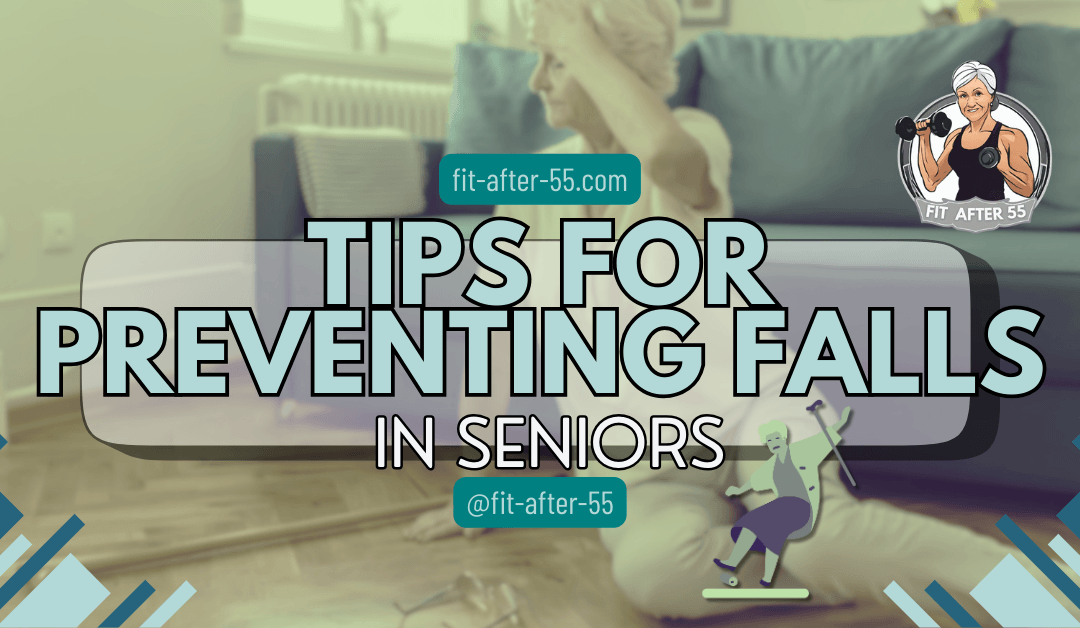Tips for preventing falls in seniors are crucial for maintaining their safety and well-being as they navigate daily life.
Today, we’re diving into a critical topic: preventing falls in seniors. It’s not just about minor mishaps; falls can have serious consequences. So, let’s delve into understanding the risks and explore effective strategies together. Stay safe, and let’s get started.
Tips for Preventing Falls in Seniors: Understanding Risks and Effective Strategies
Falls are one of the leading causes of injury among seniors. In 2021, 38,742 older adults died from preventable falls.
This isn’t just about minor bumps and bruises; we’re talking about serious health impacts that can arise from a fall, such as broken bones, long-term disabilities, or even death. I believe it’s vital to understand the gravity of this issue.
To really hammer the point home, consider these facts. Studies show that as people age, the risk of falling increases substantially. In fact, One in four older adults fall each year, resulting in about 36 million falls and more than 32,000 deaths. That’s a lot of falls, and the aftermath can mean hospital stays, or worse, loss of independence or death.
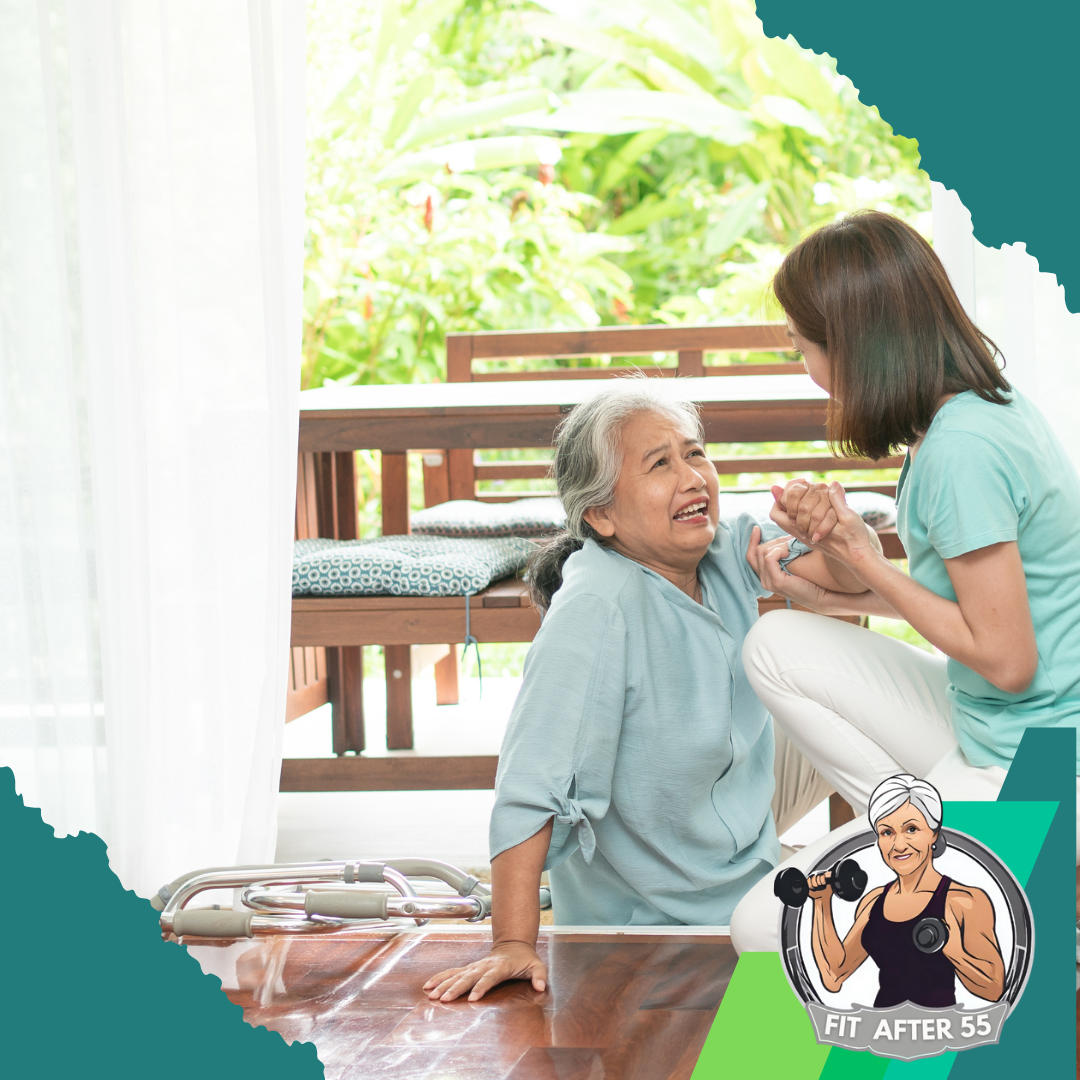
Understanding the Complexity of Falls in the Elderly
Falls in the elderly can be complex because they often happen due to a combination of factors. Poor eyesight, decreased muscle strength, and medications that affect balance can all play a role. Environmental hazards, such as wet floors or loose rugs, often make matters worse, setting up a near-perfect storm for unfortunate mishaps.
You’re going to find out about plenty of strategies to avoid this preventable predicament. This includes tweaks you can make in your living environment to enhance safety. So, I’m here to help you with practical advice that can make a real difference. Because preventing falls is not solely about one thing – it’s a blend of lifestyle choices, health management, and environment adjustments.
Choose something that resonates with you, and take it slow. Your first attempt doesn’t need to be your last. Make small changes and build on them. In my next section, I’ll guide you through making your home a safer place, tackling common hazards and providing tips to create a living space that helps keep you securely on your feet.

Key Takeaways: Preventing Falls in Seniors
- Falls are a significant concern for seniors, with 38,742 preventable deaths in 2021 alone.
- Falls often result from a combination of factors including poor eyesight, decreased muscle strength, medications, and environmental hazards.
- Environmental adjustments like decluttering, improving lighting, and installing grab bars can enhance home safety.
- Regular exercise, focusing on activities like tai chi and walking, along with proper nutrition, can strengthen muscles and bones, reducing fall risk.
- Leveraging assistive technology such as wearable devices and home gadgets, along with community support networks, are integral parts of a comprehensive fall prevention strategy.
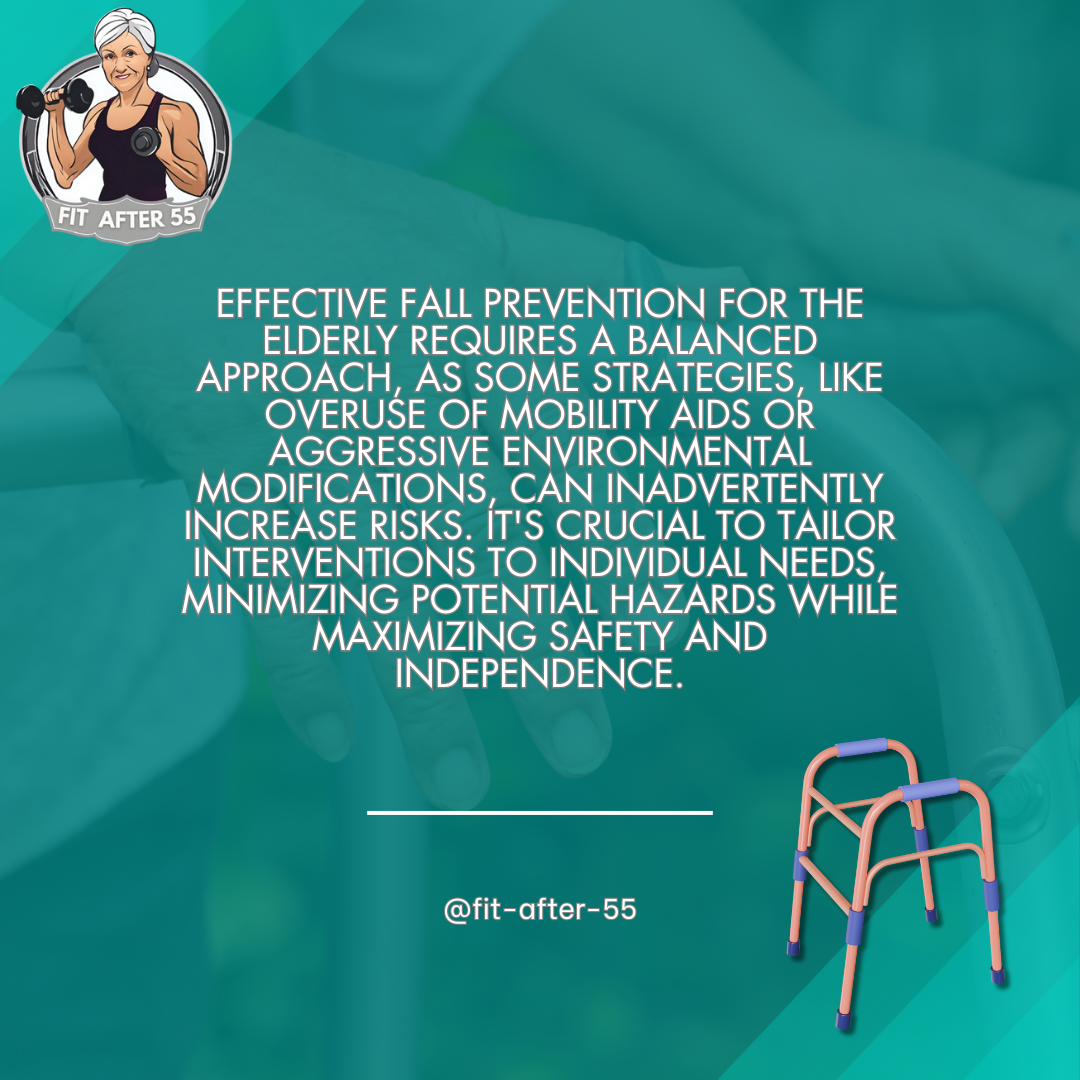
How to Make the Home Safer: Environmental Adjustments to Prevent Falls
Now that you’re aware falling is a prevalent issue for seniors, let’s look at practical ways to reduce the likelihood of falls within the home. Making your living space safer is a key step in fall prevention, and, often, it’s the simple changes that make a big difference.
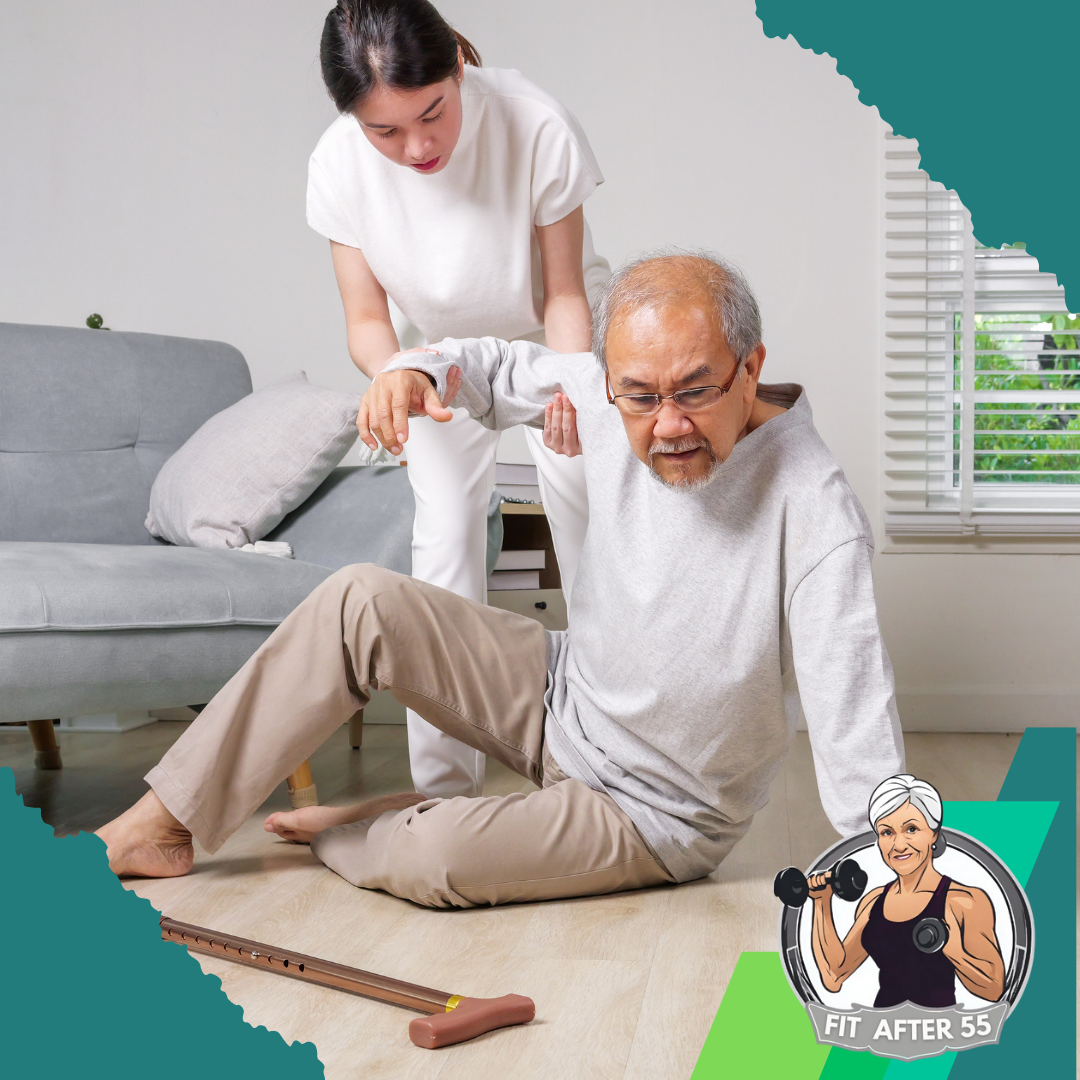
Declutter and Organize
Start by surveying each room for clutter. It’s easy to overlook, but clutter can turn into a major trip hazard. Regularly tidying up can significantly lower the risk of falls. Organizing cords, securing rugs, and keeping walkways clear are your best bets for a safer home environment for seniors.
Improve Lighting
Next, lighting needs your attention. Many falls occur simply because it’s hard to see obstacles, especially at night. Increase the wattage of light bulbs where allowed, install nightlights in hallways and bathrooms, and consider motion-sensor lighting that automatically illuminates when someone enters a room.
Home Modifications
You can also consider some home modifications for added safety. This isn’t just about high-tech solutions; it’s also about basic measures like installing grab bars in strategic locations such as the bathroom, placing non-slip mats in slippery areas, and rearranging furniture to create clear pathways.
Tailor Adjustments
Choose modifications that resonate with the needs of the senior in question. Remember, you can always adjust your approach down the road based on what’s working and what isn’t. These environmental tweaks not only make a home safer but also more accessible, granting seniors a greater sense of independence.
Enhancing Physical Health: Exercise and Nutrition Tips to Strengthen Seniors
You’re going to find out about the dual powerhouses of fall prevention – exercise and nutrition. Let’s start with how staying active can be a game changer. Regular exercise strengthens muscles, improves balance, and increases coordination, all of which are crucial in minimizing the risk of falls. Activities such as tai chi, walking, and water aerobics are excellent options tailored to the abilities and safety of seniors.
In my opinion, establishing a consistent exercise routine can yield dividends in overall well-being beyond just fall prevention. Consulting with a physical therapist or a fitness professional who understands the unique needs of seniors can maximize these benefits.
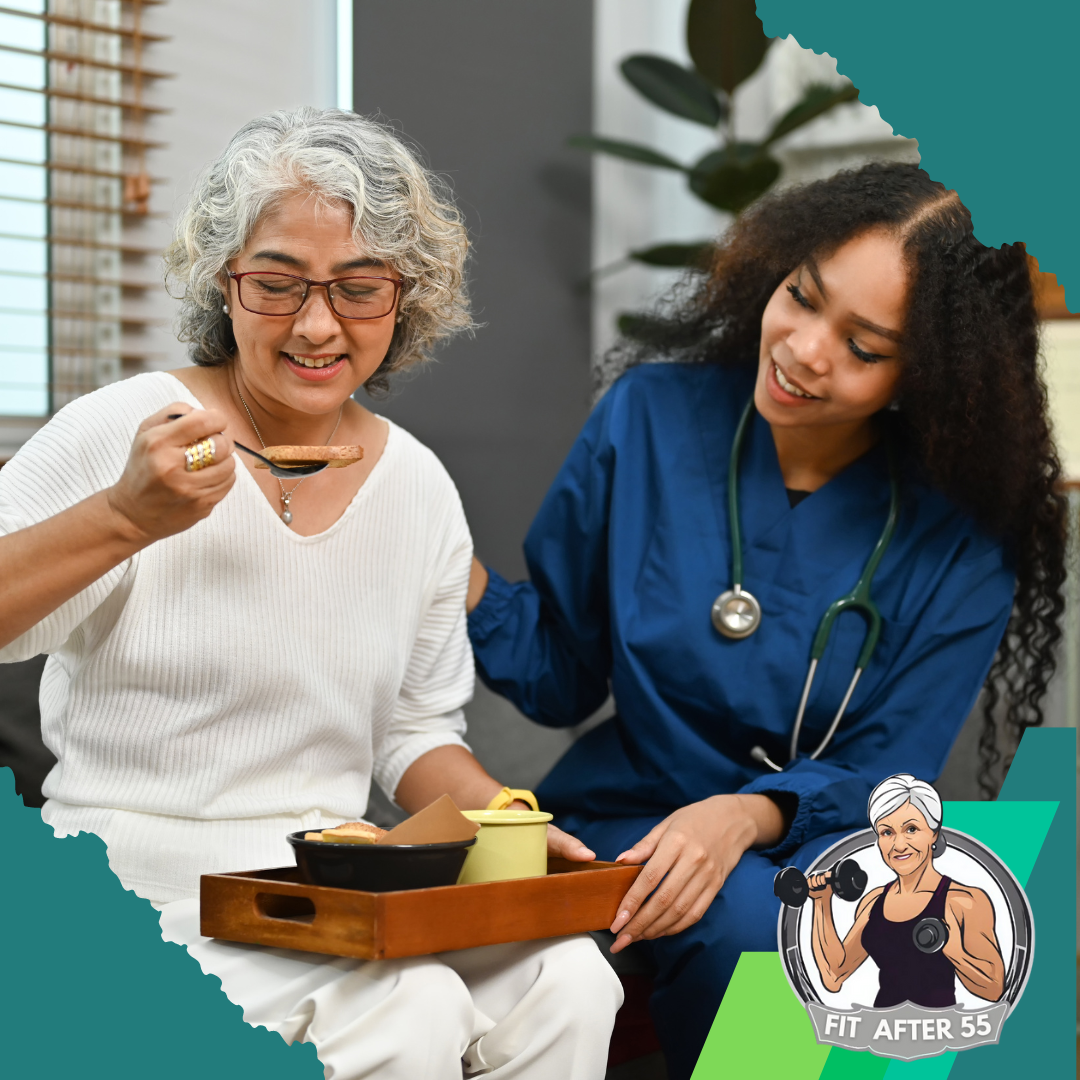
Weekly Exercise Routine
| Day | Exercise Routine |
|---|---|
| Monday | 30-minute walk |
| Tuesday | 20 minutes of tai chi |
| Wednesday | 15-minute water aerobics |
| Thursday | 30-minute walk + light stretching |
| Friday | Rest day |
| Saturday | 20 minutes of tai chi |
| Sunday | 30-minute walk |
Nutrition plays an equally important role in fall prevention, so don’t worry too much about intricate diets – focus on calcium and vitamin D intake to promote bone strength. Foods rich in these nutrients, like dairy products, leafy greens, and fortified cereals, along with appropriate sunshine exposure, will help in maintaining bone health.
You can always adjust your approach down the road, but starting to be mindful of what and how much seniors are eating is key. Dehydration can also contribute to falls, so encourage plenty of fluids unless medically advised otherwise.
Now, what do we do with this knowledge? Ensuring regular medical check-ups is crucial for monitoring health conditions that could increase fall risk, and for reviewing any medications that may impair balance or awareness. This proactive approach often uncovers hidden risks that, once addressed, significantly bolster an individual’s safety.
Leveraging Assistive Technology: Tools and Gadgets to Improve Senior Safety
First up, wearable technology – it’s a game-changer. Devices like medical alert bracelets or watches can detect a fall in real-time and automatically notify emergency contacts or services. Many of these gadgets come with added features like GPS tracking and heart rate monitoring, offering peace of mind to family members and caregivers.
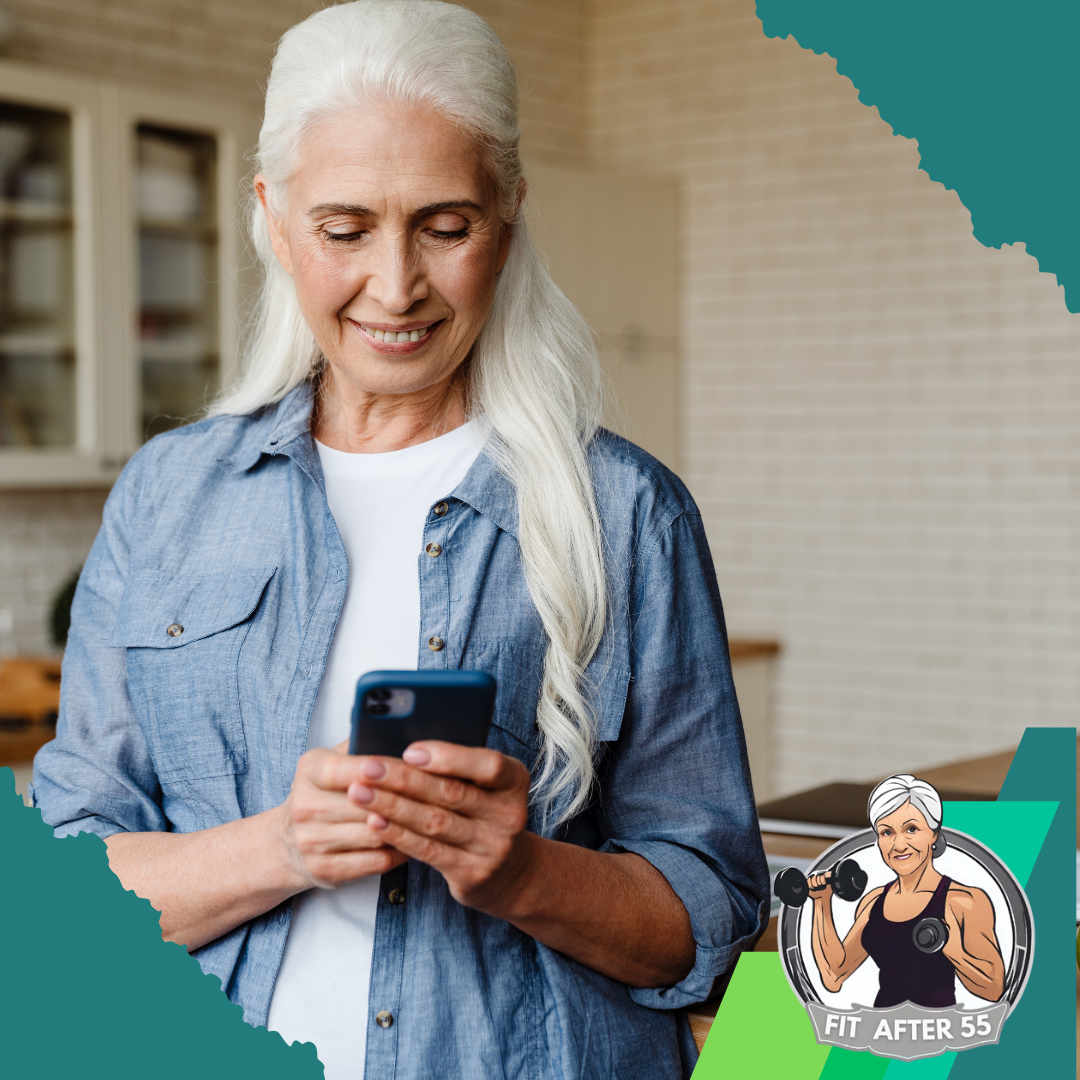
Home Gadgets
Now what about the gadgets you can install in the home? Think non-invasive motion-sensor lights that illuminate pathways at night, reducing the risk of tripping in the dark. Or consider advanced home monitoring systems that provide insights on daily activities, identifying potential health issues before they result in a fall.
Two-Way Communication
What I find extremely helpful are medical alert systems with two-way communication. In an emergency, speaking directly to a support person can mean all the difference. Remember, it’s not about replacing human support with technology; it’s about enhancing it and creating an environment where seniors can confidently age in place.
Evolving Solutions
You can always adjust your approach down the road. As technology evolves, so too can the setup within a senior’s home. The goal is to continue fostering safety and confidence among our senior population. With that in mind, it’s important to view assistive technology as part of a broader fall prevention strategy.
Addressing Mental Health for Fall Prevention
Mental health plays a crucial role in fall prevention among seniors. Anxiety, depression, and cognitive decline can all impact balance and increase the risk of falls. Addressing mental well-being is essential for maintaining stability and reducing fall risks.
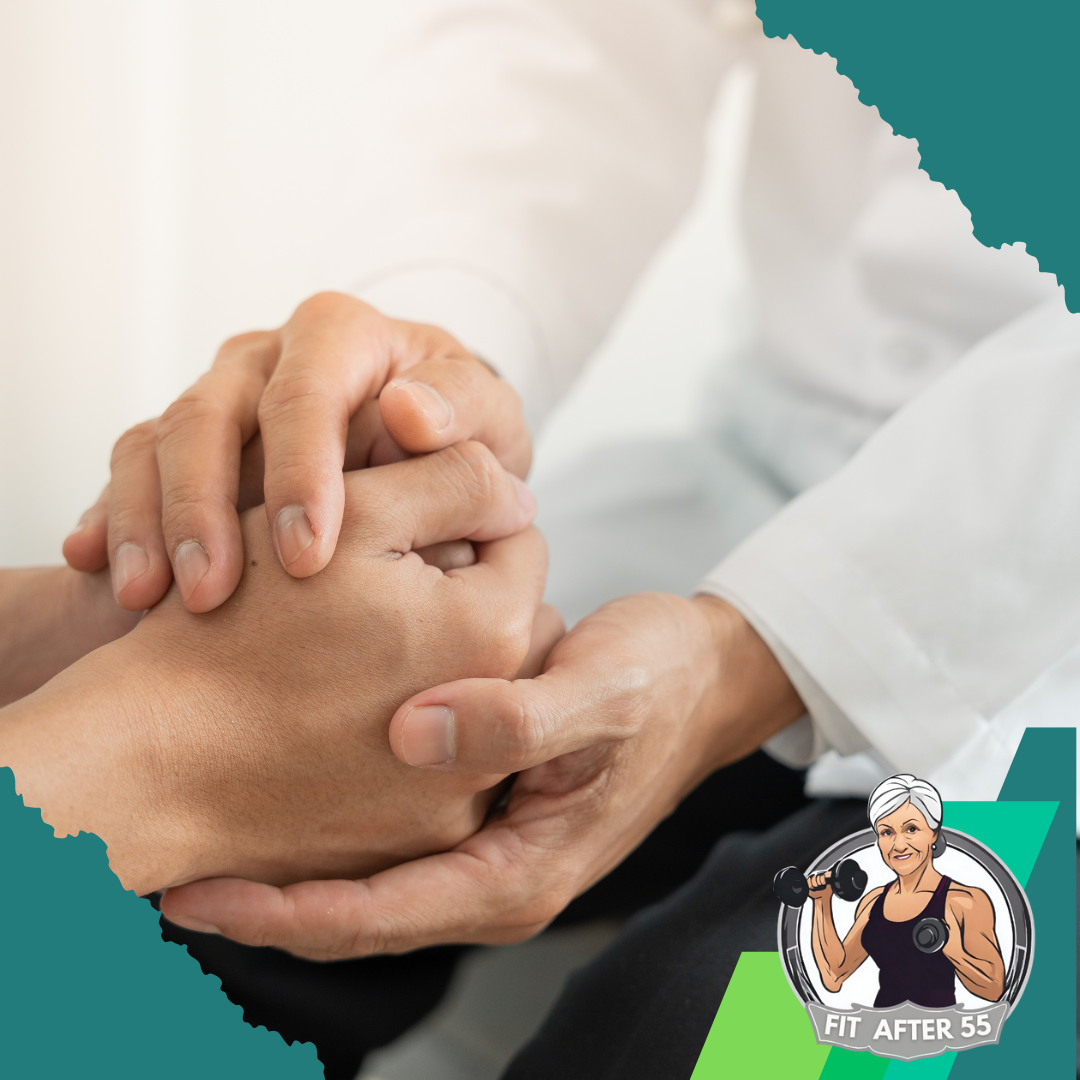
Strategies for Promoting Mental Well-being:
- Social Engagement: Encouraging seniors to stay connected with friends, family, and community can combat feelings of isolation and improve overall mental health. Social activities and support networks provide emotional stability and reduce stress, contributing to better balance and coordination.
- Mindfulness Practices: Mindfulness techniques, such as meditation and deep breathing exercises, can help seniors manage stress, anxiety, and negative emotions. By promoting relaxation and focus, mindfulness practices enhance mental clarity and stability, reducing the risk of falls.
- Access to Mental Health Resources: Providing seniors with access to mental health resources, such as counseling services or support groups, can address underlying mental health issues and improve emotional well-being. Seeking professional help when needed ensures seniors receive the support they need to maintain mental and physical stability.
By prioritizing mental health alongside physical health, seniors can enhance their overall well-being and reduce the risk of falls, leading to a safer and more fulfilling life.
Embracing Community and Support: The Power of Social Networks in Fall Prevention
You may not think about it much, but a robust social network isn’t only about having people to talk to; it’s also a safety net. When seniors are connected with others, they’re more likely to engage in activities that keep them mobile and healthy. Here’s how tapping into the community can make a real difference in preventing falls.
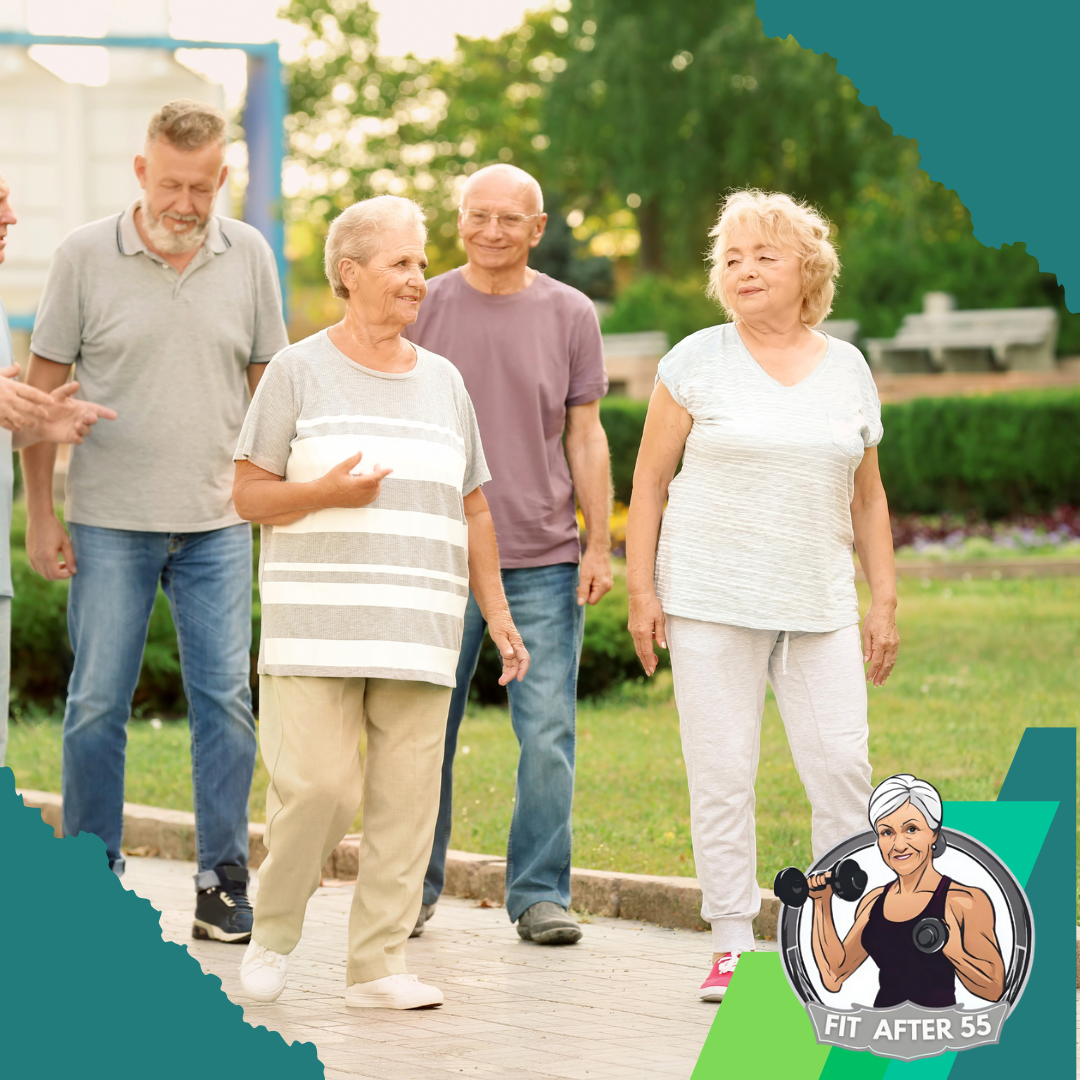
Community programs specifically designed for seniors, such as exercise classes, dance lessons, and walking clubs, provide opportunities for physical activity that enhance balance and overall fitness. These programs aren’t just good for your body; they bring together individuals who share similar challenges and foster a supportive environment.
Don’t overlook the value of local resources—many communities offer fall prevention workshops and home hazard assessments. These services can provide personalized tips and practical solutions to reduce the risk of falls in and around your home.
And it’s not just about what’s available outside your home. Family, friends, and caregivers play a critical role. Educating them about fall risks and prevention strategies can be just as vital. They can help identify potential hazards in your environment and assist in making the necessary changes to minimize these risks.
In conclusion, fall prevention is a shared responsibility. No one should feel they’re facing it alone. Through a combination of personal vigilance and community effort, the risk of falls can be significantly reduced, helping seniors maintain their independence and quality of life for longer. Remember: a little support goes a long way, and you’ve got a whole community ready to lend a hand.
Frequently Asked Questions
Why are falls such a concern for seniors?
Falls are a significant concern for seniors due to the high risk of serious injury or even death. In 2021 alone, there were 38,742 preventable deaths among older adults resulting from falls.
What are some common factors contributing to falls in seniors?
Falls in seniors often result from a combination of factors, including poor eyesight, decreased muscle strength, medications affecting balance, and environmental hazards such as slippery floors or clutter.
How can falls be prevented among seniors?
Falls can be prevented among seniors through a multifaceted approach including environmental adjustments like decluttering and improving lighting, regular exercise to strengthen muscles and improve balance, leveraging assistive technology such as wearable devices, and fostering community support networks.

